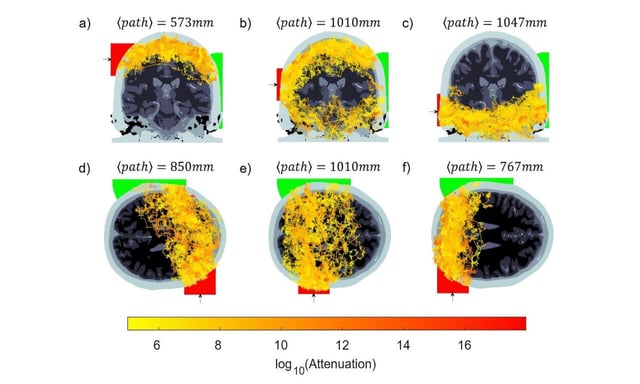Overview
- A University of Glasgow team directed pulsed near-infrared lasers at one side of a volunteer’s head and detected the few photons emerging on the opposite side, proving full skull transmission
- Detailed computer models closely matched the experiment and revealed that photons follow low-scattering pathways such as cerebrospinal fluid to navigate through the head
- The proof-of-concept required a 30-minute data collection period and was tested on a subject with fair skin and minimal hair, highlighting current practical constraints
- Published in Neurophotonics on May 28, the study overturns assumed depth limits of functional near-infrared spectroscopy and opens avenues for deeper brain monitoring
- Future efforts aim to translate this approach into affordable, portable tools for diagnosing and monitoring neurological conditions like strokes, brain injuries and tumors

